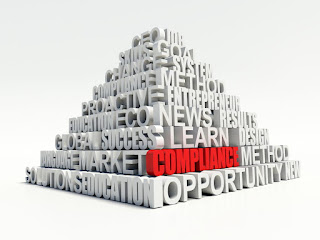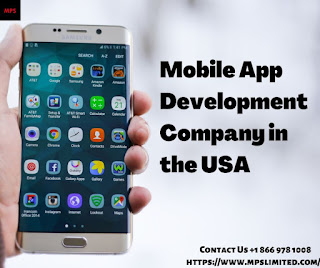Accessibility Solutions Best Practices for eLearning Content
Technology
provides a platform for creating engaging and interactive eLearning courses,
improving people's learning. However, learners with disabilities tend to feel
distant from those who are not disabled. Although eLearning is efficient for
driving better results, its basics must accommodate all learners. Accessibility
solutions play a crucial role in equalizing the ground for all learners. If you
are a content creator or learning management system manager, there are best
practices to consider when developing eLearning courses. Here are some
guidelines you should know.
What are Accessibility Solutions
Accessibility solutions in
learning mean designing content that caters to all learners, including those
with learning, physical, auditory and visual disabilities. However, a small
company creating its first eLearning course or an expert learning and
development manager may not know about the accessibility of content.
For example, if
a learner logs into the learning management system and goes through a course,
there are questions they must answer. However, if the learner suffers from
hearing loss, they will not understand the content. Even if they are visually
impaired, they may not fully engage with their content.
These scenarios
clearly explain why it is considerable to build accessible eLearning content.
Why are Accessibility Solutions Crucial for Learning?
1.
Better Learning Experience for Everyone
Accessibility
solutions improve learning for learners with physical disabilities and all
learners in general. By upscaling accessibility solutions, all users can
seamlessly understand, perceive, navigate and interact with online content. Your
content should consider accessibility for someone with poor internet
connections or using obsolete computer hardware.
2.
Disability Is More Prevalent
There are
different forms of disability auditory, visual, speech-related, physical,
learning, cognitive and neurological. Furthermore, your audience dealing with
aging effects and physical injury may also need accessibility. Therefore,
during the development of learning and development strategies, consider these
diverse needs to ensure inclusivity for everyone. For example, adding a screen
reader to read out information to visually impaired learners.
How do you make a Learning Platform Accessible?
Today, web
accessibility is easy to achieve with the available LMSs. These solutions take
accessibility seriously and will incorporate best practices. In addition,
training administrators must understand the common challenges learners with
disabilities face in accessing learning content. For effective implementation,
planning steps should take an inclusive approach.
Accessibility Solutions Best Practices
Using
accessibility solutions to create eLearning content must follow guidelines and
best practices. These international guidelines act as a checklist for ensuring
content is accessible for learners with disabilities.
WCAG 2.0 Principles and Guidelines
The W3C designed
web accessibility standards based on four core principles. The Web Content
Accessibility Guidelines (WCAG 2.0) explain that content should be;
·
Perceivable – Users must
identify content elements using at least one of their senses
·
Operable – Users must be
capable of using controls, navigation options, buttons, and interactive
elements on a web interface
·
Understandable – Users must
understand information and how to operate the digital interface
·
Robust – Digital content should
be robust enough for various users to interpret.
Following these
steps ensures that educators and administrators can realize the current state
of affairs and develop solutions.
Great content publishing platforms have
all the resources to make eLearning accessible. Therefore, content creation,
organization, and formatting should consider these best practices.
1.
Create Multiple Format Content
A text
alternative must accompany all content that is not in the text. Therefore;
·
Images with ‘Alt tags’ must
effectively describe the image representation
·
Video content must include
captions with the audio details
·
Audio content must have
transcripts
·
All forms must have labels
All other visual
multimedia must provide descriptions for readers to understand the context.
2.
Organize and Structure Content for Clarity
The web page
display does not entirely capture the organization and structure of the content
in the HTML markup. This is because screen readers will not read the page the
web browser presents visually. Although basic HTML skills are essential, your
LMS's formatting tools will create a worthwhile markup. Here are ways to do it.
·
Use appropriate styles to
organize the content headings
·
Consider using bulleted and
numbered lists to avoid using hyphens
·
Avoid using text colors or
highlights for text to standout
As you implement
HTML markups, visual styling may not be as necessary because the content is
clear and understandable for users with learning disabilities.
3.
Ensure Consistency in Content and Navigation
Accessing a new
interface is always challenging, even for learners with abilities. Maximizing
content and navigation consistency ensure content is well organized and
displayed. The learning curve is, therefore, manageable, improving
accessibility for everyone. Consider giving users a platform tour or adding
navigation tools to set them on the right path.
So far, we can agree that accessibility solutions are imperative to engage and educate learners effectively. While these best practices deliver better results, there is a need to engage learners with disabilities to understand their challenges. You can implement accessibility on your digital platforms to scale content delivery and audience reach.
Original Source Content




Comments
Post a Comment